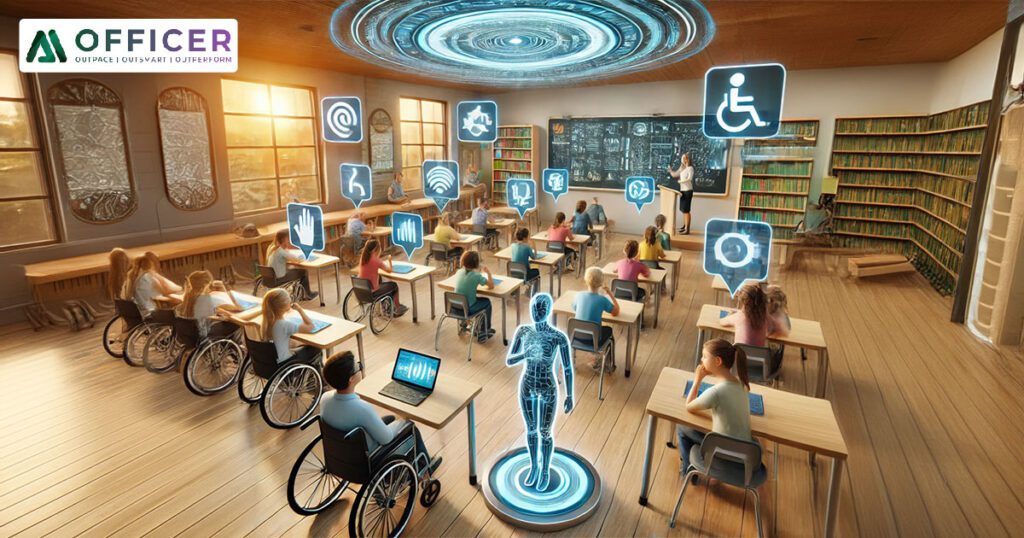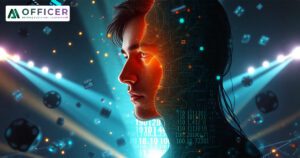
Tired of seeing students with disabilities left behind? It’s time to talk about real solutions.
One of the most significant barriers for students with disabilities is the one-size-fits-all approach to education. AI can shatter this mold.
By analyzing vast amounts of student data, AI-powered platforms can create highly personalized learning paths.
Imagine a curriculum tailored to a student’s specific strengths, weaknesses and learning style. This level of customization can be a game-changer for students with learning disabilities, ADHD or autism.
BREAKING DOWN ACCESSIBILITY BARRIERS
For students with sensory impairments, navigating the classroom can be a daily challenge.
AI can be a powerful ally. Speech-to-text and text-to-speech technologies can open up a world of information for students with visual or auditory impairments. Real-time captioning can ensure that no student misses out on classroom discussions.
And let’s not forget about alternative text formats, which can make written materials accessible to students with print disabilities.
INTELLIGENT TUTORS [ALWAYS THERE TO HELP]
AI-powered tutoring systems are revolutionizing how we support students with learning difficulties. These virtual tutors can provide personalized guidance, offering explanations, examples and practice exercises tailored to a student’s specific needs. They can also offer encouragement and feedback, helping students build confidence and independence.
EARLY INTERVENTION [CATCHING CHALLENGES EARLY]
Identifying learning challenges early on is crucial for providing effective support. AI can play a vital role in this process. By analyzing student data, AI algorithms can identify patterns that may indicate potential learning difficulties. This early detection allows educators to intervene promptly and provide the necessary support.
ASSISTIVE TECHNOLOGY [EXPANDING POSSIBILITIES]
AI is driving innovation in assistive technology, opening up new possibilities for students with physical disabilities. From smart prosthetics to eye-tracking devices and brain-computer interfaces, AI is helping to break down physical barriers to learning.
For example, researchers at the University of California, Berkeley, have developed an AI-powered system that can translate brain signals into text, allowing people with severe motor impairments to communicate more effectively.
At AI Officer, we believe that every student deserves an equal opportunity to learn and succeed.Our team of AI experts can help you navigate the complexities of AI in education, providing customized solutions and support tailored to your specific needs.
Stay tuned for more insights on how AI is transforming the world of education, and don’t hesitate to reach out to our AI Officers for personalized guidance on implementing AI in your classroom or institution.
Together, we can build a future where every student, regardless of their abilities or challenges, has the opportunity to thrive and succeed.





